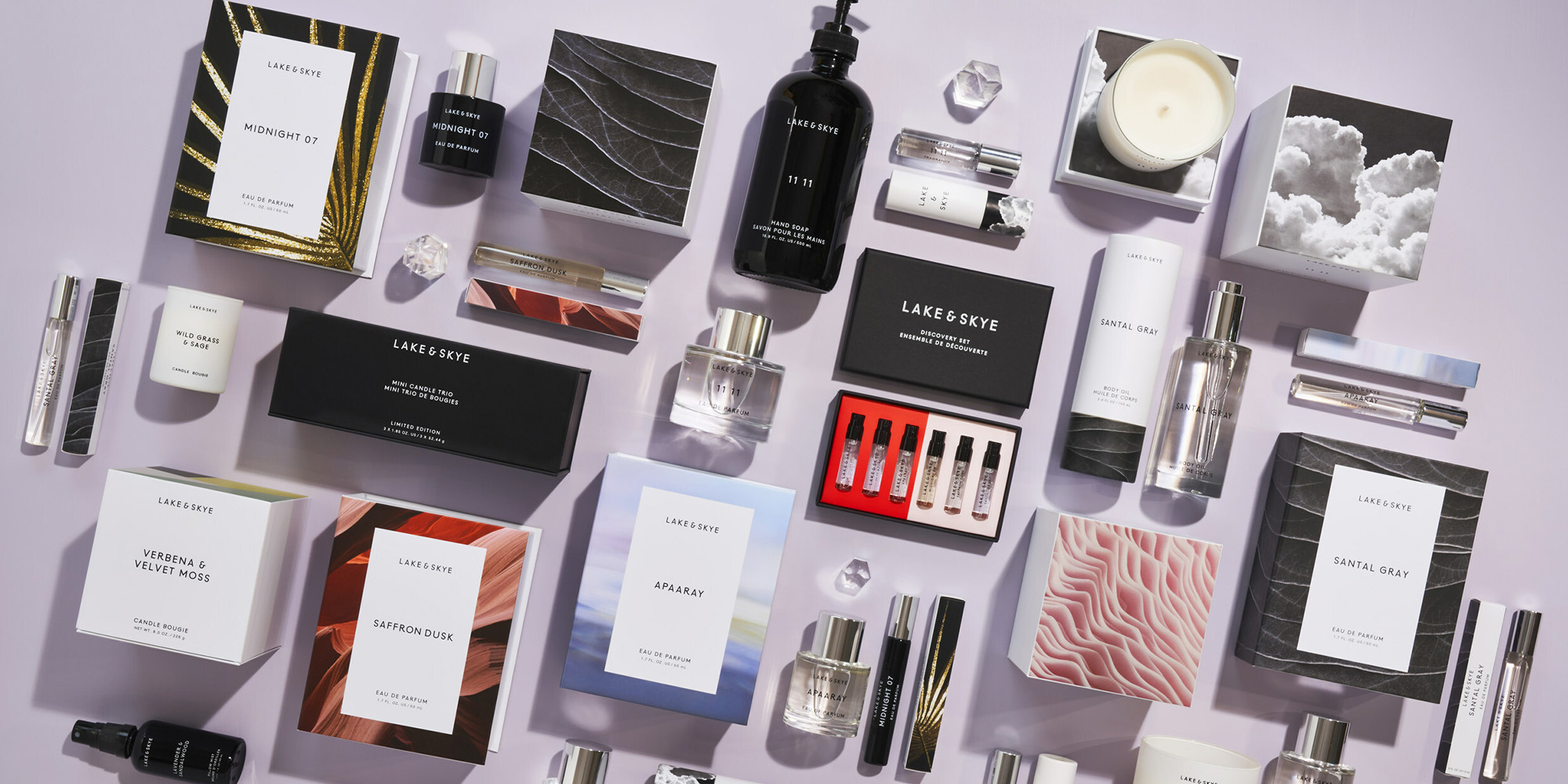
Monogram Capital Partners’ Oliver Nordlinger Believes Predictions Of A Beauty Slowdown Are Overblown
Monogram Capital Partners is one of the most active private equity firms in the beauty industry—and it doesn’t expect to shed that position anytime soon.
Out of its portfolio of more than 25 companies spanning food and beverage, healthcare, retail and services, manufacturing, and beauty and wellness, seven are in beauty, including Live Tinted, Violette_Fr, D.S. & Durga and Tru Fragrance & Beauty, its latest investment and a developer of several fragrance brands. Monogram has invested upwards of $1.5 billion of equity capital and typically backs brands generating $5 million to over $250 million in annual revenues.
The firm’s not done with beauty deals, according to partner and co-founder Oliver Nordlinger, a former VP at Leonard Green & Partners who launched Monogram in 2014 with Jared Stein, ex-VP at Golden Gate Capital. He says, “Our past experience should make us only better investors and better able to add value with the next investment.”
Beauty Independent chatted with Nordlinger about areas Monogram is looking into for its next beauty investments, incubator and accelerator models, Ulta CEO Dave Kimbell’s pronouncement on growth moderating in the beauty industry, artificial intelligence’s impact on the industry, private equity’s involvement in contract manufacturing, the future of the fragrance category, and what he’s watching as a number of brands fight for slots in strategic buyers’ stables.
Monogram has invested in companies that have or support multiple brands. Is that a chief strategy of yours?
Three of our seven beauty investments are single brand investments, three are multi-brand platforms and one is a service provider, which is contact manufacturer Prime Matter Labs. We’re just looking for great opportunities, great business models, great entrepreneurs to partner with, and we’re not a firm that looks at a one size fits all. We are pride ourselves on being creative.
The amount of capital we’ll invest in businesses can range from a few million dollars on the smaller side for brands getting off the ground up to in excess of $50 million of equity. It’s a really broad range, which I think also differentiates us and leads us to transact in a minority capacity in some cases and in a control capacity in others.
The multi-brand platforms are Tru Fragrance, Beach House and Foundry. Each one is a different type of model solving a similar kind of problem in its own market. Tru Fragrance is focused on fragrance from masstige price points all the way up to entry-level luxury. They have a track record of developing their own brands, doing JVs with brands, licensing brands and working with retailers to provide both white-label and private-label solutions.
Not only is there a ton of momentum in their existing portfolio, but there’s a pipeline of new brands to launch. There’s potential for licensing new brands, and there’s mergers and acquisitions focusing on smaller brands that Tru can acquire a controlling stake in to allow founders to focus on brand development. That’s an area that we think at Monogram we can be particularly helpful with because we’re out in the market talking to brands all the time.
Beach House Group is predominantly an incubator of brands. They’ve done it historically with talent in many cases, although their next brand launch, which is coming quite soon, will not have talent at the center. We are building individual brands that will go off and live elsewhere once they get to maturity. The plan is to divest of those and backfill those holes in the portfolio with new brands that we incubate. We’ll probably launch another brand in 2025 as well as the one launching soon.
Brand incubators have had mixed results. What’s your assessment of the incubator model?
We’ve looked at a number of different ones. I think in many cases there’s an oversimplification of what it takes to build a brand. A lot of these incubators seem to be manufacturing brands in a boardroom and forgetting the soul and founder story. Why Beach House has been successful and in the top tier of incubators is because they spend so much time being really picky about the opportunities they take on.
Not only does there have to be an incredible case for why a new brand should exist in this category and what the brand is doing differently, but what that founding story is and who the talent they’re aligning with is. Historically, they don’t necessarily pick the talent that has the biggest Instagram following or viewership. They pick the talent that aligns best with the brand mission and has the highest potential of conversion.
Part of the reason Beach House has been slow to launch new brands the past few years is because the talent-brand ecosystem has been pretty messy. They’ve just been very, very cautious and turned down pretty much every opportunity.
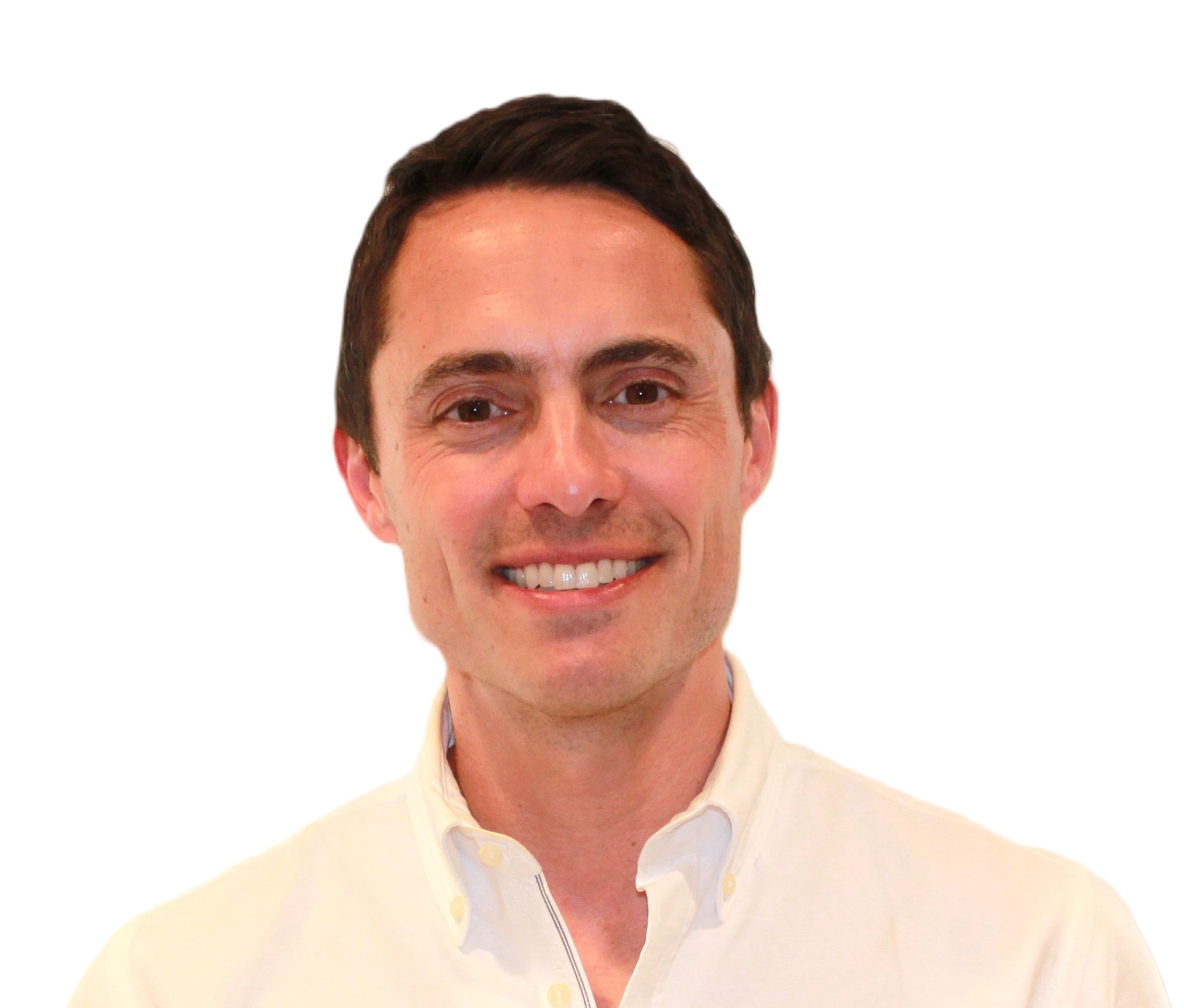
Given that Beach House’s next brand isn’t connected to a celebrity or influencer, what does that say about the state of celebrity or influencer brands today?
We are very cautious around it. We certainly don’t think that finding the biggest celebrity and slapping something with their name on it is a recipe for success. We think it all has to do with authenticity and focus.
We do believe that, if the talent has a beloved community and a story that hopefully has been told by them for five, 10 years that now is coming to fruition, that can lead to a huge success if you then also have a well-thought-out brand architecture and great products.
From a marketing perspective, it can really catapult you into scale almost overnight both because you have the embedded direct-to-consumer reach, but also you’re more likely to attract a very significant launch partner like a Sephora or Ulta at the outset.
You talked about the incubator model, but what about the aggregator model?
It’s an area that is facing a ton of challenges. A lot of the largest players have been going through massive recapitalizations or we’ve heard are on the brink of insolvency. Where they failed and what Foundry is bucking is they focused overwhelmingly on Amazon and not really on brands.
A lot of the products sold on Amazon are products versus actual brands. That has allowed a ton of copycats to flood the market at a time when the consumer is back in stores and looking for alternatives. It’s compressed the efficiency of Amazon customer acquisition, and it’s compressed margin and led to a downward spiral.
The other main issue has been a lack of focus on a single product category, so being unable to develop true sector expertise that can be leveraged across brands. Lastly, I think there has been a lack of alignment with founders and understanding that a big organization is probably going to do things worse than a founder because a founder has innate knowledge of the brand they created, so founders should be incentivized to be involved over an extended period of time.
What we have at Foundry today is a company that’s focused exclusively on beauty and personal care. They’ve acquired predominantly direct-to-consumer brands focused on men’s personal care and home fragrance. They can live in the ecosystem as brands and not just as products and product pages on Amazon, and Foundry aligns with founders and has them involved for a year, two years, three years or on an indefinite basis following the acquisition.
What’s your expectation for the future of the fragrance category?
We certainly believe that it can’t continue to be as good as it has been the last few years and don’t expect double-digit growth to continue. At the same time, we believe that the next generation of consumers coming up is more attuned to fragrance and how fragrance intersects with their lifestyle than previous generations.
So, there should continue to be ways for strong brands to have outsized growth and returns and build large outcomes for investors such as ourselves.
Why did you get into manufacturing?
Our efforts around finding a contract manufacturer to acquire started with meeting a lot of small brands that frankly had trouble managing the formulation and manufacturing ecosystem because it is incredibly opaque. If you are a brand and you want to create the next great serum and you go and Google “serum manufacturer,” you may not even find who you should be working with on the first 10 search pages. It’s really a word-of-mouth business.
Once you find the right contract manufacturer to work with, the interfacing with them is incredibly archaic in terms of how briefs are built and orders are transacted. It just takes a long time and continues to lack transparency.
Our vision was to help solve those problems and acquire an existing contract manufacturer that had a good base of business and good reputation, and then we could mold it into the contract manufacturer of the future from a technology and customer service standpoint to work with emerging and growth-stage brands and follow their life cycle to the point where they could be big profit generators for that contract manufacturer.
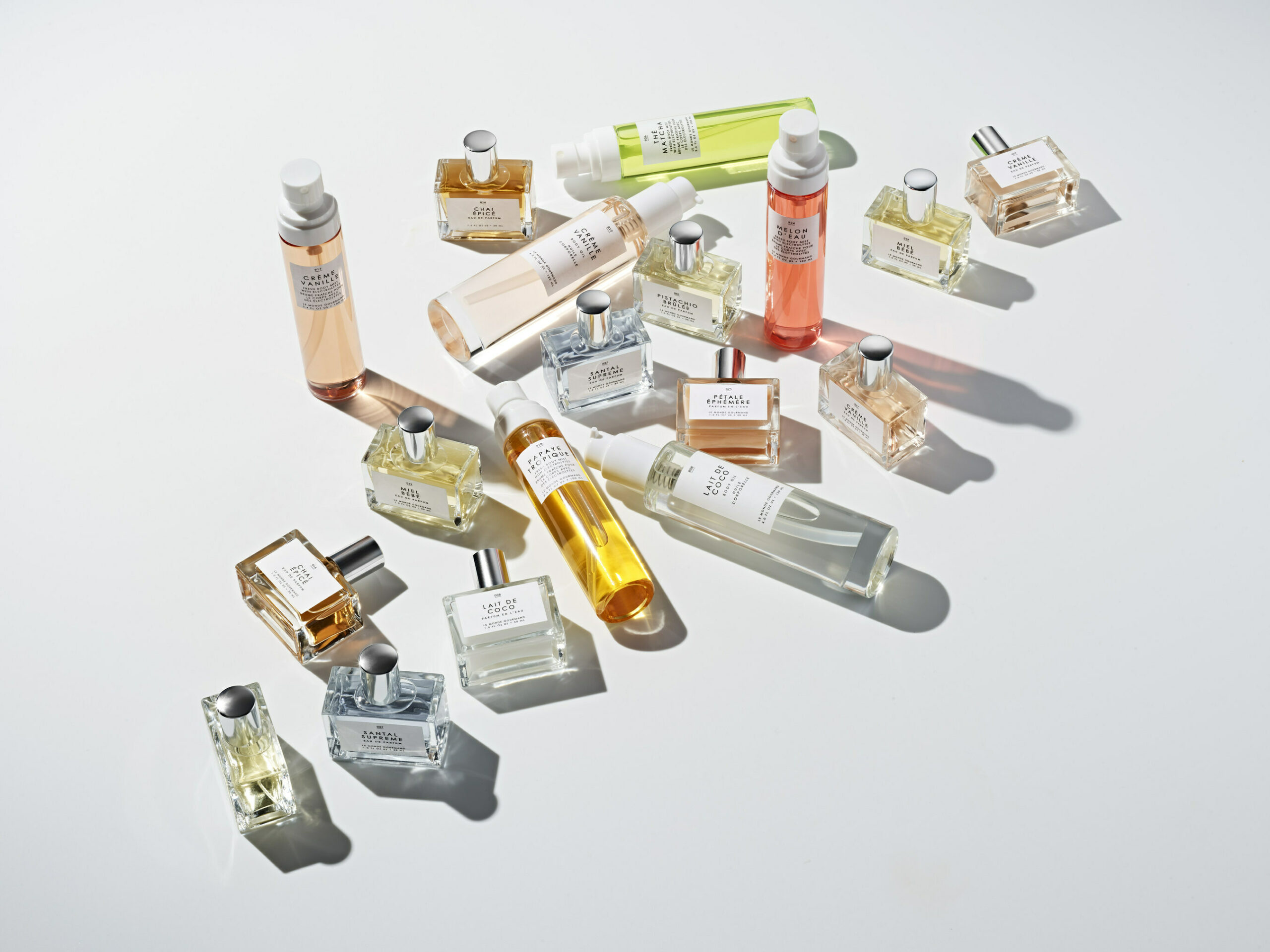
There are concerns among some beauty brands about investors getting involved in beauty manufacturing. How do you allay their concerns?
On the positive I would say private equity—and I mostly only speak for ourselves—brings an increased level of regulatory discipline. We are always looking at that 1% possibility where things could blow up and we could lose all our money, and we probably take fewer risks than founders will take as a result and look more towards, what is this business going to look like when the next private equity firm or strategic comes in and does due diligence? So, we are putting in place a lot more policies, procedures and regulatory oversight than these companies historically have had.
We’re also investing in customer service, technology and adding new capabilities that should provide value to brands. I think where there could be risk and where some manufacturers may be falling into traps is the need to grow at all costs. Last year was a tough year actually overall in contract manufacturing. We luckily had a nice growth year.
There was a bit of contraction because of brands having been caught up post-pandemic when they could finally get in all their components and were ordering perhaps too much at the same time as retailers were destocking a bit. So, it led to a whipsaw, and we are aware of contract manufacturers that went out and tried to acquire other companies to obscure their lack of growth and earnings.
That would be concerning because that can put real undue pressure on the organization. It can increase leverage levels and that’s when people could start to cut corners, and the benefits of adding functionality and transparency and better regulations could come crashing down. So, I’m cautious that there could be that in the market. I’m proud to say that’s not something that we had at Prime.
What are the inefficiencies in contract manufacturing that could be improved?
There are inefficiencies at every stage of the process. The formulation process is incredibly inefficient, even from capturing the brief. What is really important to the brand for product attributes? What are the ingredients that are must-haves and do-not-haves? What is the price point target? All these things that seem really simple often are missed.
A lot of times formulators aren’t formulating with the goal in mind of, I’m a brand that wants a $20 product at retail and so that means that this product can only cost me a $1.50 to $2 on filling, help me get there. And there’s just more back and forth with iterations than should be the case. I think a really good way to measure how good a formulator is, how many reps does it take to get from initial brief to final approved formulation?
When it comes to inventory management, a lot of brands run up against MOQ issues and that’s something we’ve been trying to solve at Prime with the ability to order lower minimums. Of course, we’d love to have every customer have a perfect 100,000-unit order, but we know we’re trying to build relationships and start with smaller customers to help them grow, which will help us grow. So, we’ve tried to be more flexible on going to sub-10,000 units.
We’ve also looked at and created a mass customization program leveraging our massive library of formulas. The idea is that, if a brand wants to order 1,000 units or even less, we can work off of an existing library and do a few customizable things around scent or otherwise to make it their formula and get them into market very quickly.
It seems like every beauty brand—Rare Beauty, Glossier, Summer Fridays and Glow Recipe are examples, but there are many more—is up for sale right now. Why is this happening, and how do you think it’s going to shake out?
I’ll caveat to say that we are not in any of those processes. I think individually all of these brands have a right to be in market and to sell. They’ve gotten to real scale where they should be able to live on their own in a strategic environment. They have real profitability. These will be brands that will sell on an EBITDA multiple, not a revenue multiple. It’s really impressive what they’ve all done. The question in aggregate with all of them coming to market is, can there be a home for all of them? The short answer is probably not.
As well as they’ve done in the public markets over the last few years, strategics are going to be very, very cautious and probably each pick up at most one acquisition. There just aren’t enough strategics out there to acquire everything that’s in market. There are a number of brands behind this class of brands in market that are watching and looking because they’re waiting to be the next group of brands to sell. Of course, if they can see why things sell or don’t, that’ll really determine whether they come to market.
What makes us very enthused about continuing to invest as growth equity investors in beauty is that fortunately this has been a category where strategics have by and large done quite well with the brands they’ve acquired. That’s not the case in a lot of consumer categories, but it seems like beauty brands can get to $50 million to $100 million in sales profitability and then fold into strategics where they can grow many multiples of that. That’s a great thing because then they come back to the well and that fuels investors like us continuing to pour money into the next class of beauty brands.
What do you want to know about these possible transactions?
There’s a question about, how clean does a story have to be? There are some brands in market that haven’t had perfect linear growth. There’s a question about reliance on a hero SKU or two. Is that a good thing or is that too risky? There’s a question about, how important is the founder, and if the founder is part of the name, what does that really mean for the appetite of strategics who have historically shied away from eponymous brands?
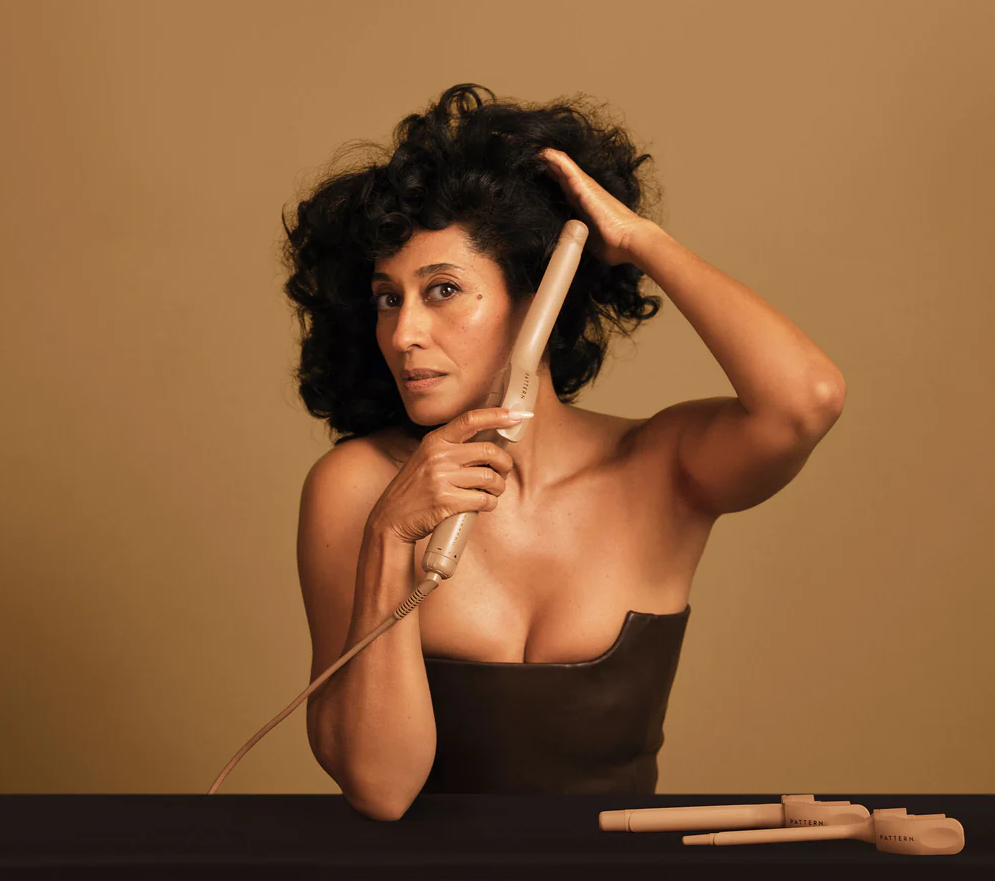
Do you have a philosophy around dependence on a hero SKU?
I don’t have a philosophy. We like enough hero SKU concentration to have something for the community to really want to talk about and for people to associate with the brand, but not so much reliance where it’s going to attract copycats or there’s real risk of the brand not going on to thrive once that hero SKU dissipates.
Would 80% dependence on the hero SKU scare you?
That would scare me. Twenty-five percent hero SKU, wonderful. Fifty percent, pretty scary. Seventy-five percent, terrifying.
Are there beauty distribution opportunities that are undervalued by brands?
I don’t think anything’s undervalued. I think where we’re looking to invest in terms of distribution is around the professional channel. That’s an area that’s really attractive. It’s hard to get scale, but it creates a sticky marketing flywheel once you get to some critical scale. But we don’t yet have experience there.
While the distributors or salesforce if you have your own salesforce can be quite expensive, you don’t have to spend nearly as much on traditional marketing. So, we’ve seen a number of professional brands that have as much as 50% EBITDA margins because once you’re in there and you have scale, your cost structure is pretty simple.
It seems like there could be room for cooler beauty brands in the professional channel.
The professional channel is very slow moving, and that’s one of the reasons it’s difficult to access, but the same reason why it’s very attractive to be in. It’s a lot of resources to knock on those doors and get critical traction. I think it’s also a reason probably why a lot of the cooler dermatologists out there with their own followings try to develop their own brands.
How do you see AI colliding with the beauty industry?
We’re still thinking through it. I personally am skeptical that it’ll have a major impact on brand and product development because, as far as we know, AI isn’t capable yet of creating things that don’t exist. AI creates things that are an amalgamation of things that do exist.
So, I think it’ll be very hard for innovative ideas to come out of AI. Where I think it will be interesting is marketing and how much more efficient it can make it.
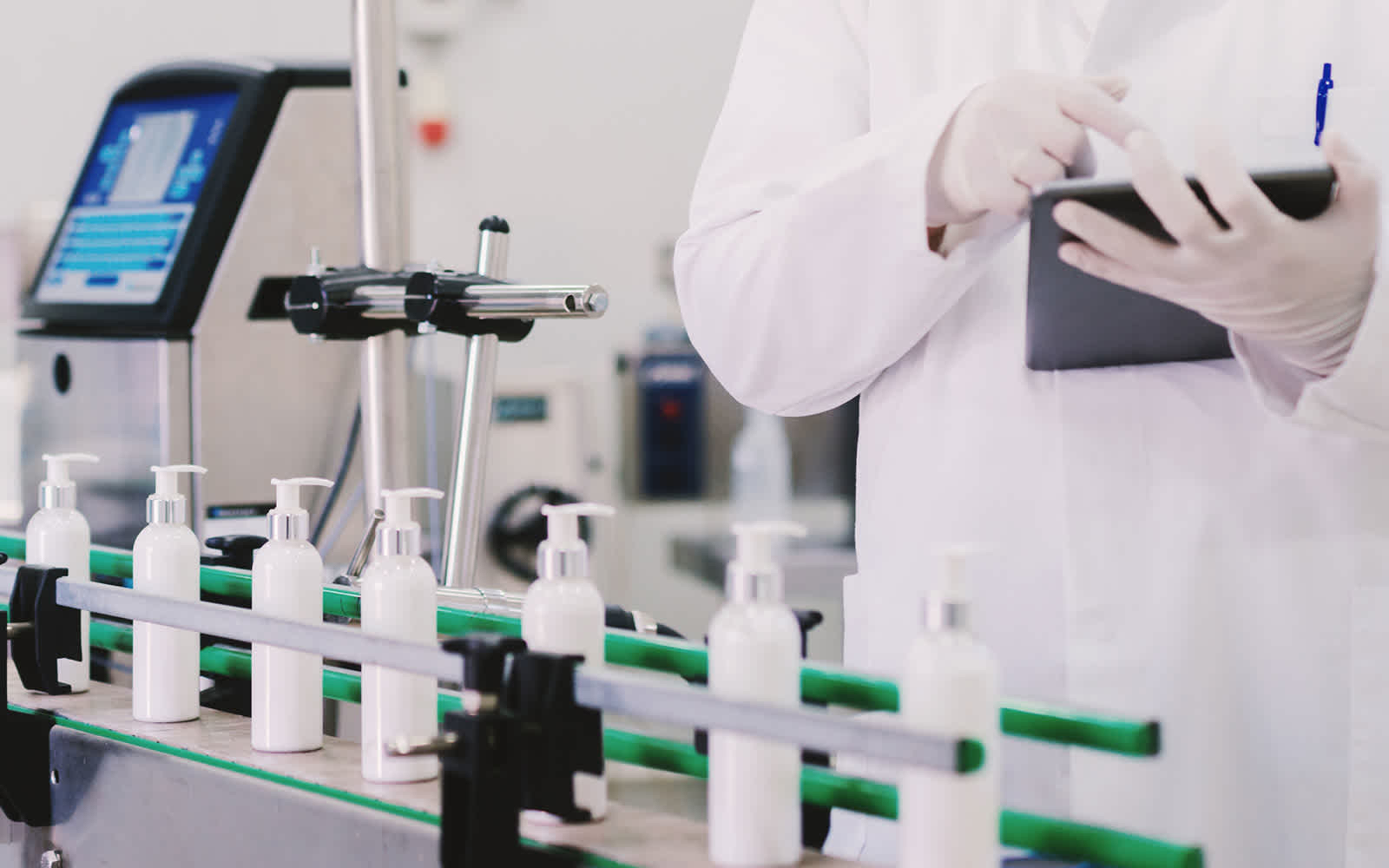
Ulta’s CEO recently talked about growth in beauty moderating. Is that the sense you get?
Not yet. I think what is probably moderating that could contribute to that is the innovation cycle. There has been so much innovation over the last decade in every category, and now a lot of it is becoming a little bit more marginal. So, it’s harder to find brands that really have a use case that isn’t already on the shelf somewhere else.
At the same time, we look to the next generation of beauty consumers that’s coming up, and they’re starting at a younger age, buying more than anyone ever used to buy. It’s hard to envision that going backwards from where it’s heading. So, I think beauty probably still has decent tailwinds behind it, maybe not double-digit growth, but I’m not expecting it to grow at or below GDP anytime soon.
Do you believe that brand equity can be built via TikTok?
I don’t think we know the answer. I can tell you, from an investor standpoint, we certainly don’t look to a single or even a double point of virality as enough of a proof point that that will be the trend and replicable. It takes repeated viral moments to say, hey, this is a brand and founder that really understands the TikTok consumer or the digital consumer overall and can hopefully sustain these trends over the long term.
As you mentioned, Foundry is focused on the men’s market. Where’s that market at?
Everyone’s using more products than they ever have, and I think the male consumer continues to be an incredibly loyal consumer when they latch onto something. Those are all positives, but the market is still relatively minuscule. I think the willingness to pay is still not entirely there. So, we’re very cautious.
It’s important that brands in this space have shown that they can be profitable at relatively little scale, and we want to be more measured about our expectations for growth rates and ultimately the size that they can be. It feels like people may have gotten burned thinking that men’s is going to catch up with women’s and placing way too much value on the men’s brands they bought.
The other challenge for men’s is there’s not a great retail environment for men’s. The men aren’t coming to Ulta and Sephora. They may not even frequently be going to Target and CVS. So, you have to live in a DTC and Amazon environment, and it’s increasingly tough not to be an omnichannel brand in this economy.
Are you planning to invest more in beauty at Monogram? If so, what areas of beauty?
We’re absolutely planning to do more in beauty. It’s been a large and growing franchise for us. We touch almost every area of beauty to some degree, and yet we’re still open to more beauty businesses. Even within fragrance where we have quite a bit of exposure, we’re looking for more.
Other categories we’re focused on are the professional channel and sun care. Prime Matter Labs’ legacy is in sun care, and we have a lot of ability to vet sun care formulations.
Another area we’re spending time in is beauty services. Services appear to be one of the healthiest areas of the retail economy today. We’re looking at everything from single modality concepts that might be exclusively injectables, facials or wellness to med-spa concepts that are multiple modalities, looking at everything from company-owned to franchises.

Profitability can be hard at service concepts. How do you think about their financial model?
That’s been our biggest challenge to date. A lot of the most interesting concepts have been in one market with maybe just a handful of stores. Even if those handful of stores are doing really well, we’ve seen too many times in four-wall retail that doesn’t necessarily have a great correlation with the next cohort of stores, even if they’re in the same market, let alone if they’re in a new market.
It’s about how predictable are the unit economics even before the unit economics have to work. And then the question is, how replicable is a concept that has five great units in New York City, but hasn’t tested a secondary market?
Concepts continue to evolve in New York, LA and Miami, but we’re spending time looking in other markets where there could be concepts that have been proven out with a more price-conscious consumer. If it works in a second-tier market, then there’s no end to the size and scale that concept can be.
This interview has been edited for clarity and brevity.


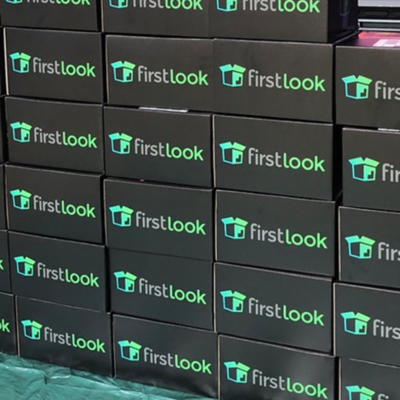



Leave a Reply
You must be logged in to post a comment.